Whoa! Have you noticed how Bitcoin’s landscape is shifting? Taproot upgrade isn’t just some techy buzzword—it’s quietly revolutionizing how we interact with Bitcoin on a fundamental level. I remember when I first dipped my toes into Ordinals and BRC-20 tokens, and something felt off about the clunky tools available. Seriously, things felt very limited, almost like we were stuck in the early days of web browsers. But oh, the tide is turning.
Taproot’s activation brought much more than privacy improvements; it unlocked layers of complexity that make open-source marketplaces feasible on Bitcoin. Now, I’m not saying it’s perfect yet—there are quirks and challenges that only insiders really get—but it’s a big step forward for anyone into on-chain assets and ordinal inscriptions. It’s kind of like finally getting a smartphone when you’ve been using a flip phone for years.
Here’s the thing. Most people still think Bitcoin is just “digital gold.” But with Taproot, it’s becoming a platform for programmable money in a way that’s native and secure. And that’s huge, especially for the BRC-20 token ecosystem, which relies heavily on efficient, lightweight transactions. The open-source marketplaces emerging now are riding this wave, offering decentralized ways to trade, own, and showcase these tokens without relying on centralized services.
Initially, I thought open-source marketplaces would be slow to catch on because Bitcoin’s scripting language isn’t as flexible as Ethereum’s smart contracts. Actually, wait—let me rephrase that. While Bitcoin’s scripting is more constrained, Taproot cleverly sidesteps some of those limitations by bundling complex conditions into a single output. This means transactions look simpler on-chain, saving space and fees, which is very very important when you’re dealing with microtransactions typical of BRC-20 tokens.
But, hmm… the question is, how do these marketplaces stay truly open-source and user-friendly? The answer lies partly in wallets like the unisat wallet. It’s not just a storage app; it’s a gateway that lets users interact with Ordinals and BRC-20 tokens seamlessly. I’ve been using it for a while, and it’s clear the devs put a lot of thought into making it accessible without sacrificing security. That kind of UX matters when you want mass adoption beyond the crypto geeks.
Check this out—

What really excites me is how these marketplaces are embracing transparency. Because they’re open-source, anyone can audit the code to ensure there’s no funny business—no shady middlemen skimming fees or manipulating orders. This builds trust in a space that often feels like the Wild West. Yet, trust is hard-earned, and many projects still have to prove they aren’t just hype.
On one hand, these marketplaces democratize access to Bitcoin-based tokens and inscriptions. On the other, they face scalability hurdles. Taproot helps a bit, but the blockchain’s base layer can get congested. That’s why many devs are experimenting with off-chain solutions and layer-2s to complement on-chain processes. Though actually, it’s a balancing act—too much off-chain and you lose Bitcoin’s security guarantees; too much on-chain and fees skyrocket.
Another thing that bugs me is the user onboarding process. It’s still pretty rough around the edges. If you’re not tech-savvy, jumping into Ordinals or BRC-20 trading can feel like decoding hieroglyphics. Wallets like the unisat wallet help, but there’s definitely room for smoother experiences—maybe more native integrations or better educational tools.
Something else worth pondering: open-source marketplaces foster community collaboration in ways centralized platforms can’t. When code is out in the open, contributors worldwide can pitch in, improving security, adding features, or squashing bugs quickly. It’s very much a grassroots approach, which fits Bitcoin’s ethos perfectly. But it also means progress can be uneven—some projects move fast, others stall due to lack of resources.
So, what does this mean for Bitcoin users interested in Ordinals and BRC-20 tokens? Well, the ecosystem is maturing. Taproot’s improvements are unlocking new possibilities, open-source marketplaces are making token trading more transparent and accessible, and wallets are evolving to support these innovations. Still, it’s a bit like the early internet—exciting, messy, promising, with plenty of unknowns.
By the way, if you’re curious about diving deeper or trying out some of these marketplaces, I highly recommend checking out the unisat wallet. It’s a solid starting point that balances usability and advanced features without feeling overwhelming.
Honestly, I’m cautiously optimistic. The road ahead isn’t perfectly paved, but the direction is clear: Bitcoin isn’t just digital gold anymore—it’s becoming a versatile digital asset platform thanks to Taproot and the open-source movement. And that’s a game-changer for anyone who’s been watching from the sidelines.
